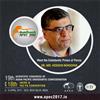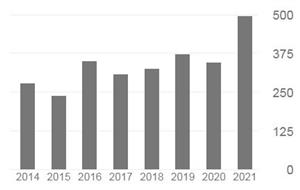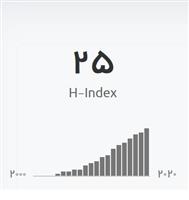Effect of Acidic Environment on Dislocation Resistance of Endosequence Root Repair Material and Mineral Trioxide Aggregate
Objective: The aim of this study was to compare the effect of an acidic environment on dislocation resistance (push-out bond strength) of EndoSequence Root Repair Material (ERRM putty and ERRM paste), a new bioceramic-based material, to that of mineral tri-oxide aggregate (MTA).
Materials and Methods: One-hundred twenty root dentin slices with standardized canal spaces were divided into 6 groups (n = 20 each) and filled with tooth-colored ProRoot MTA (groups 1 and 2), ERRM putty (groups 3 and 4), or ERRM paste (groups 5 and 6). The specimens of groups 1, 3, and 5 were exposed to phosphate buffered saline (PBS) so-lution (pH=7.4) and those of groups 2, 4, and 6 were exposed to butyric acid (pH= 4.4). The specimens were then incubated for 4 days at 37°C. The push-out bond strength was then measured using a universal testing machine. Failure modes after the push-out test were examined under a light microscope at ×40 magnification. The data for dislocation resistance were analyzed using the t-test and one-way analysis of variance.
Results: In PBS environment (pH=7.4), there were no significant differences among ma-terials (P=0.30); but the mean push-out bond strength of ERRM putty was significantly higher than that of other materials in an acidic environment (P<0.001). Push-out bond strength of MTA and ERRM paste decreased after exposure to an acidic environment; whereas ERRM putty was not affected by acidic pH. The bond failure mode was predomi-nantly cohesive for all groups except for MTA in an acidic environment; which showed mixed bond failure in most of the specimens.
Conclusion: The force needed for dislocation of MTA and ERRM paste was significantly lower in samples stored in acidic pH; however, push-out bond strength of ERRM putty was not influenced by acidity.














